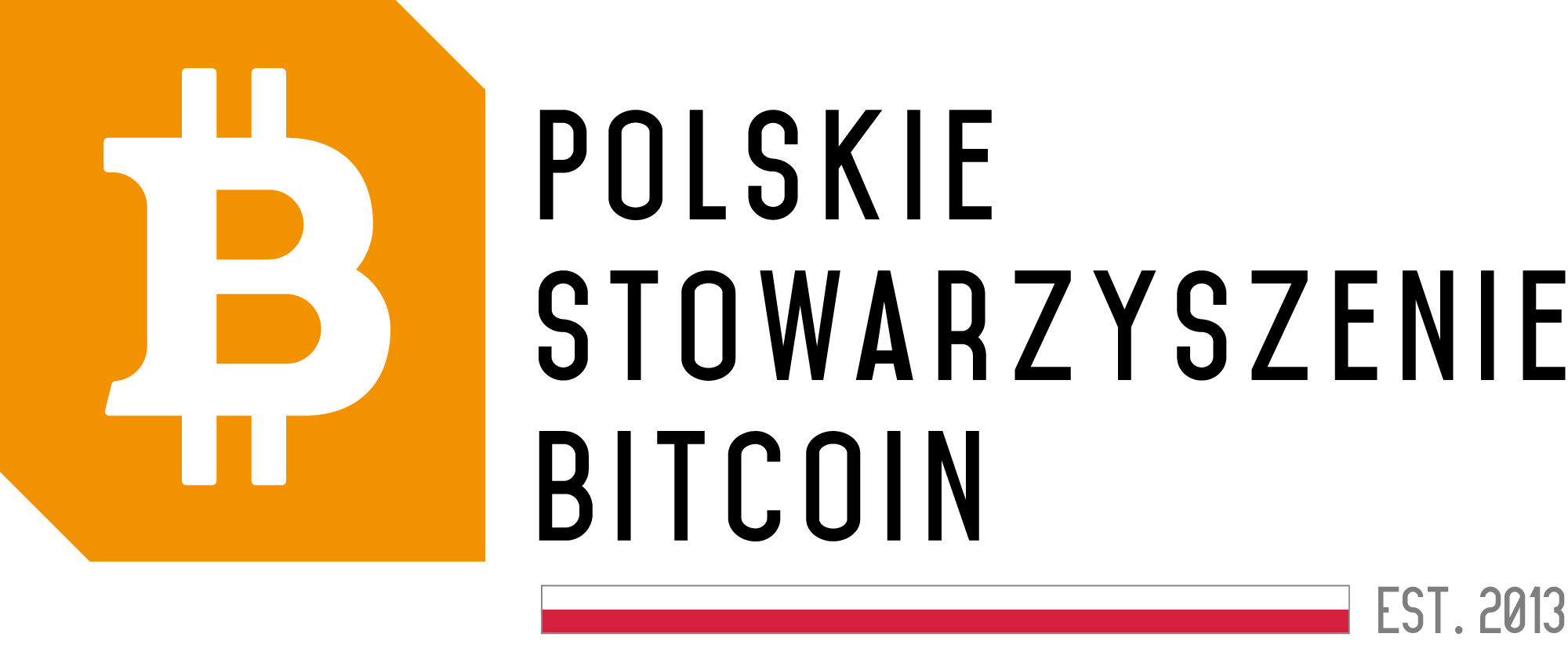Fourth Quarter 2023: Rise of Malware Threats
According to data provided by WatchGuard, the fourth quarter of 2023 brought a significant increase in the number of cases related to malicious software. The trend encompassed various types of threats, such as evasive, conventional, and encrypted malware.
Increase in Malware Cases
The average number of detected malware cases increased by an impressive 80% compared to the previous quarter. A noticeable rise was particularly observed in the Americas and the Asia-Pacific region, posing significant threats to organizations operating in these areas.
Popular Threat Actor Techniques
The most common techniques used by threat actors involve attacks targeting outdated software and systems. Therefore, experts emphasize the necessity of implementing a layered approach to effectively protect organizations against such attacks.
Heightened Risk through Encrypted Connections
Around 55% of malicious software was observed in systems through encrypted connections, marking a 7% increase from the previous quarter. This phenomenon further underscores the importance of securing communications within corporate networks.
New Threats and Zero-Day Attacks
Over 60% of all detected zero-day malware cases constituted newly discovered threats. This trend experienced a growth from 22% in the previous quarter, indicating an increasing complexity of cyber threats in the cyberspace.
Top 5 Most Detected Malware Cases
Among the five most frequently detected malware cases were, for instance, JS.Agent.USF and Trojan.GenericKD.67408266, which redirect users to malicious websites, elevating the risk of attacks.
Rise in Network Attack Threats
The fourth quarter also witnessed an increase in the number of threats related to script-based attacks and browser exploitations. Four out of the five most detected network attacks targeted Exchange servers, posing a significant threat to IT infrastructure.
Commodification of Cyberattacks and Decline in Ransomware
The trend of cyberattack commodification is on the rise, with “victims as a service” offerings becoming increasingly popular in the criminal environment. Meanwhile, despite the increase in other types of threats, another decline in detected ransomware cases was noted compared to the previous quarter. Analysts attribute this to law enforcement efforts in combating data extortion groups, which could be a positive sign for cybersecurity.
In summary, the fourth quarter of 2023 brought heightened threat actor activity and diverse challenges in cybersecurity. Faced with the increasing risk of attacks, organizations must pay special attention to effective defense strategies against malicious software and continually enhance their security systems.






